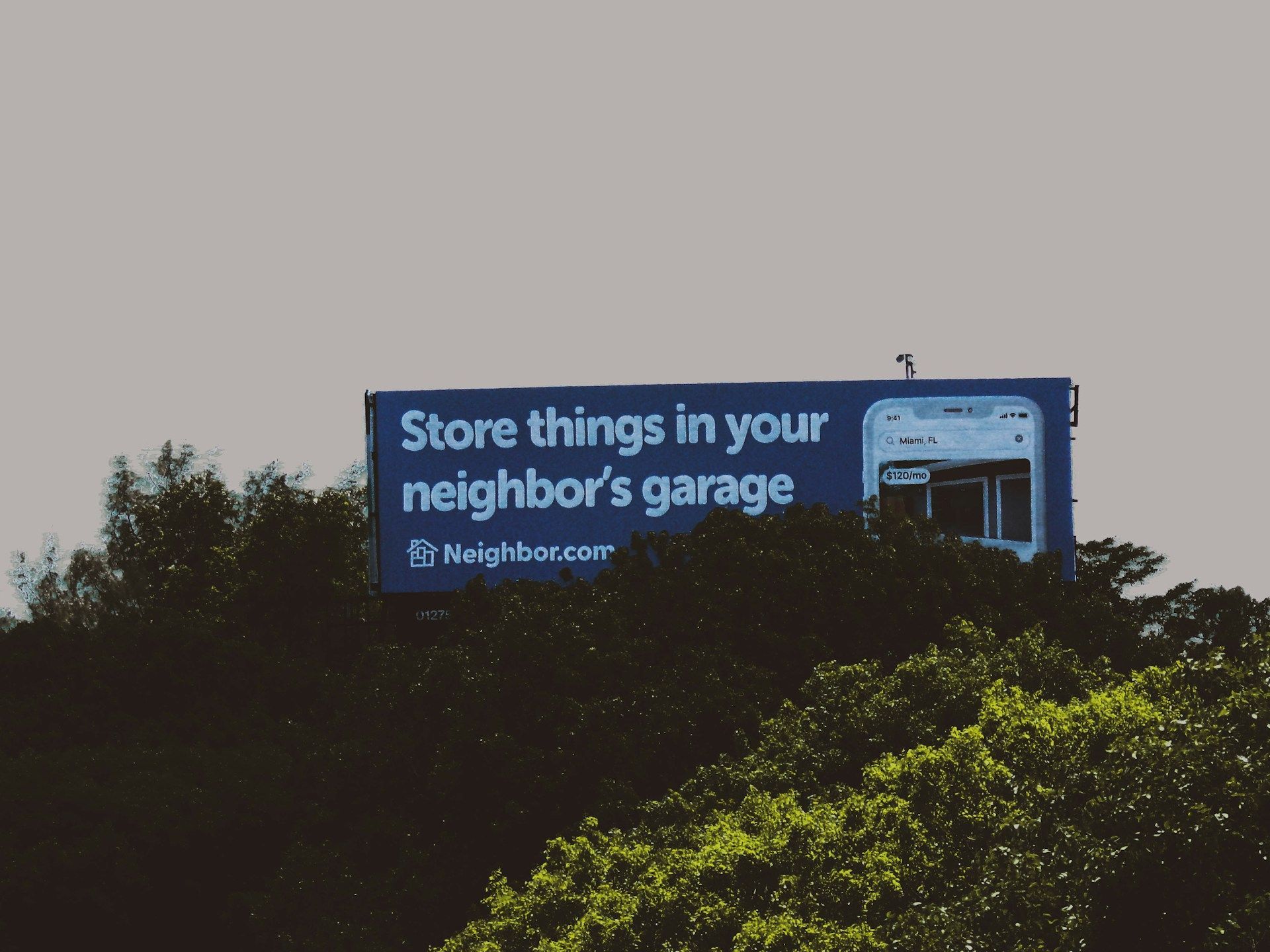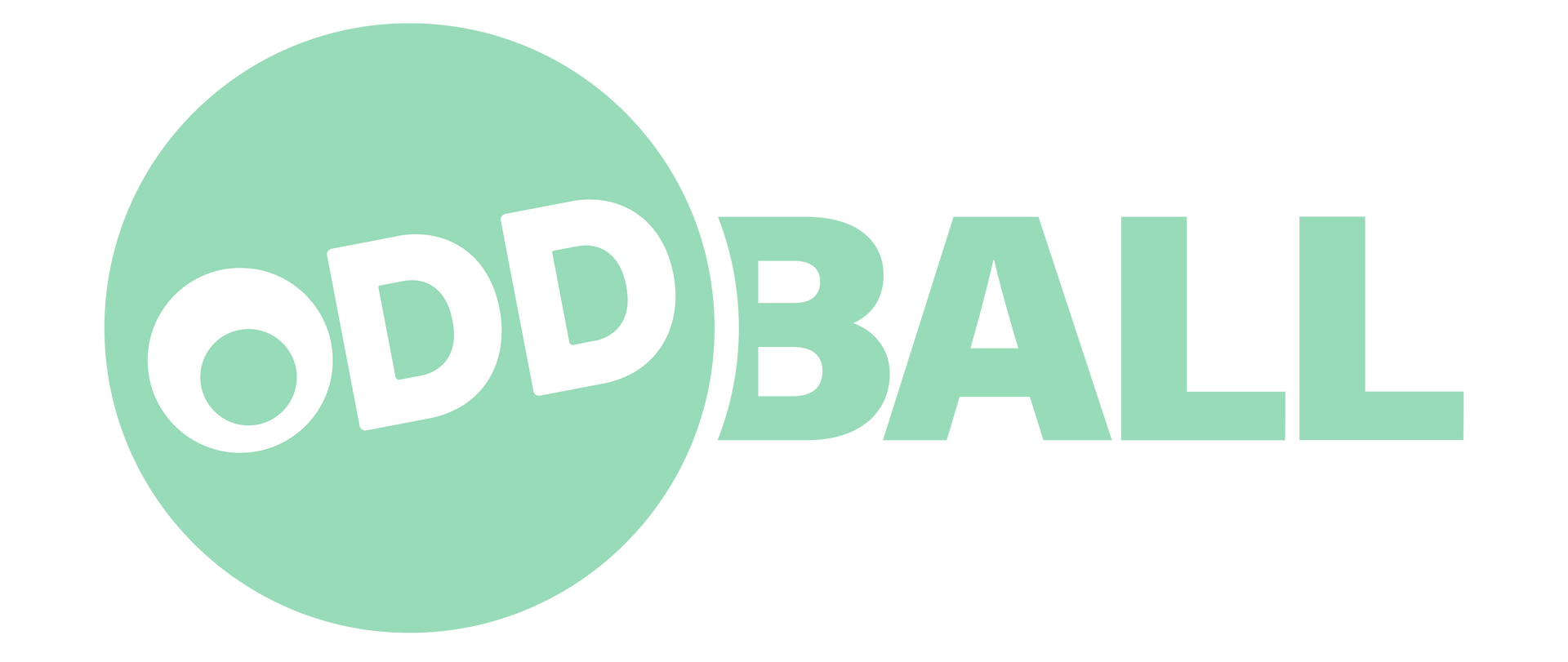Best Practices for Professional Photography in Marketing
Professional photography is more than just snapping a picture; it's a powerful tool that can dramatically enhance marketing efforts. By incorporating professional images into campaigns, businesses can elevate how their brand is perceived and engage audiences more effectively. Imagine walking past a restaurant and seeing a mouth-watering photo of a juicy burger. You might crave a burger at that moment, illustrating how potent images can drive consumer behavior and preferences.
Visual appeal is key to creating a memorable brand presence. High-quality visuals give your audience something to remember and associate with your brand, distinguishing it from competitors. When consumers see consistent and well-crafted imagery, it tells them the brand is trustworthy and professional. Let's delve deeper into how photography can play a pivotal role in marketing, leaving a lasting impact on potential customers.
Understanding the Role of Photography in Marketing
Photography serves many functions in marketing but inherently adds immense value by enhancing storytelling. Engaging images capture attention and communicate messages instantly, something that blocks of text can struggle with. Consider how much more effective a product is in action, like a toy being played with by children on a sunny day, compared to just reading about it.
Successful marketing relies on the impact of visuals in prompting consumer action. Well-composed photos can influence behavior, making consumers more inclined to learn about a product, make a purchase, or even advocate for the brand. Consumers often form quick opinions based on visual cues, so the right images can foster emotional connections that lead to brand loyalty.
Maintaining consistency in brand imagery is crucial. Using cohesive elements across all visual content can help in reinforcing the brand's identity. This consistency might involve choosing a specific color palette, sticking to a particular photographic style, or consistently showcasing your products in similar settings. Such strategies foster familiarity and strengthen the brand's image in the minds of consumers.
As we explore the essentials of outstanding marketing photography, remember the importance of quality and narrative in every image. It's about creating an authentic story that speaks directly to your audience's needs and interests.
Key Elements of Outstanding Marketing Photography
To make a mark in marketing with photography, you need a good mix of quality equipment, smart composition, and thoughtful post-processing techniques. High-quality equipment is the backbone of any great photo. Investing in professional cameras and proper lighting equips photographers to capture the sharpest images possible. These tools help capture the essence of a brand and present it in the best light.
Composition techniques further enrich the storytelling power of a photograph. Applying methods like the rule of thirds, where a subject is aligned at intersecting points of an imaginary grid, can create more engaging visuals. Leading lines direct the viewer’s gaze naturally through the photo, while framing isolates the subject, adding focus and depth. Each of these techniques plays a part in creating a compelling narrative.
Once the photo session is complete, post-processing is the next step. Editing software can enhance images, ensuring they look polished without appearing unrealistic. Adjustments should highlight the subject's best features while keeping the image true to what the human eye sees. Overdoing edits can mislead and damage trust. It's all about balance to keep the imagery both appealing and authentic.
Choosing the Right Type of Photography for Your Campaign
Choosing the right type of photography skillfully aligns visuals with campaign goals. Product photography allows items to shine, emphasizing their best features and benefits. By showing products from eye-catching angles and creative backgrounds, businesses can effectively communicate their value and functionality.
Lifestyle photography connects products with everyday life, showing how they fit into the consumer's world. This type of imagery is powerful, forging emotional bonds by depicting relatable scenarios. Seeing a product in action can help potential customers envision their own use, encouraging purchase consideration.
Portrait photography, particularly striking headshots, enhances personal branding. High-quality portraits are essential in professional profiles, giving warmth and authenticity to businesses. They're ideal for showing the faces behind a brand, humanizing business interactions, and fostering trust.
Collaborating with a Professional Photographer
Partnering with a professional photographer can be transformative. Professionals bring an expert eye and technical know-how, capturing images that align accurately with brand narratives. Unlike DIY shots, which can lack polish, a well-trained photographer ensures every photo reflects brand values clearly and creatively.
To find the right photographer, consider their portfolio and style. Look for consistency in their work and an artistic approach that complements your brand's vision. Meet with potential photographers to discuss project goals and gauge their understanding of your needs. It's vital to build a good rapport and establish shared expectations for a successful collaboration.
Effective communication helps in achieving a unified vision. Sharing mood boards, discussing color schemes, and agreeing on themes can aid the process. This collaboration ensures that the end product is a reflection of brand ethos, tailored for the target audience, and ready to captivate viewers.
Wrapping it All Up
Integrating professional photography into marketing strategies can elevate brand presence significantly. Quality images tell stories that engage and connect with audiences on a deeper level. They embody brand narratives and bridge the gap between businesses and consumers.
As you contemplate the next steps in enhancing your brand through visual media, consider investing in high-quality photography. It's an investment in your brand's future, building a foundation of trust and engagement with your audience. The results can be striking and compelling, paving the way for lasting brand impact.
To truly capture your brand’s essence and resonate with your audience, consider the value of professional video production. It's a smart way to blend dynamic visuals with your marketing strategy. Oddball Creative is here to enhance your brand’s reach and impact. Explore more about how our
video production services can help your brand stand out.



